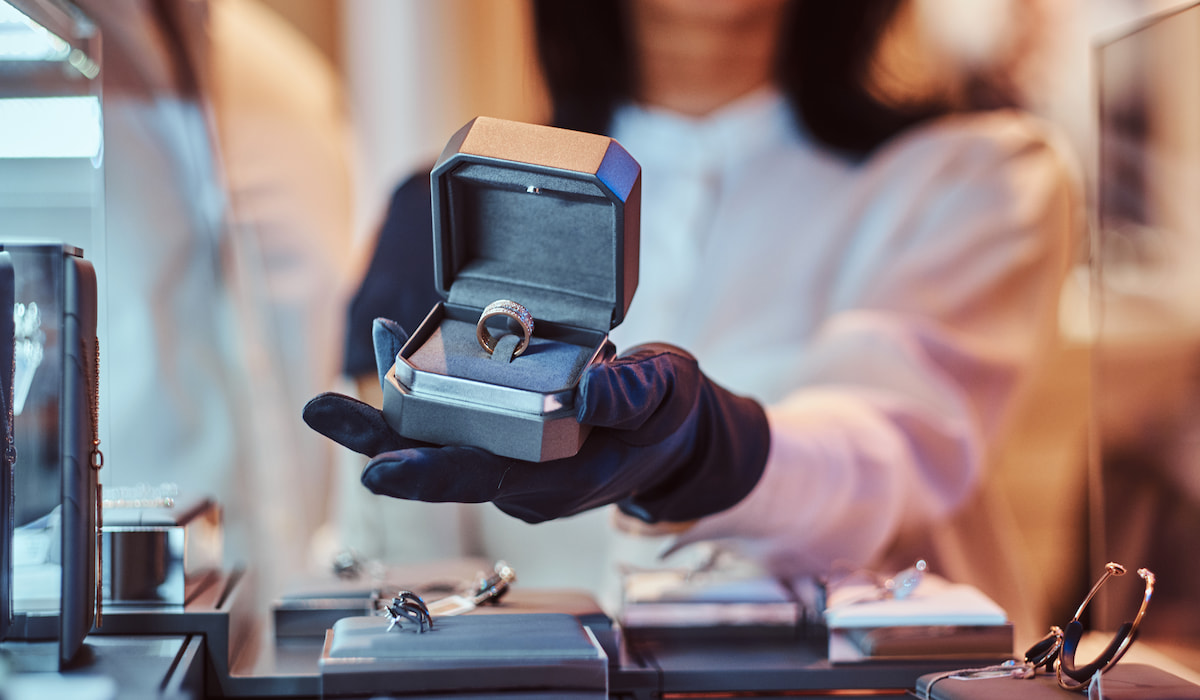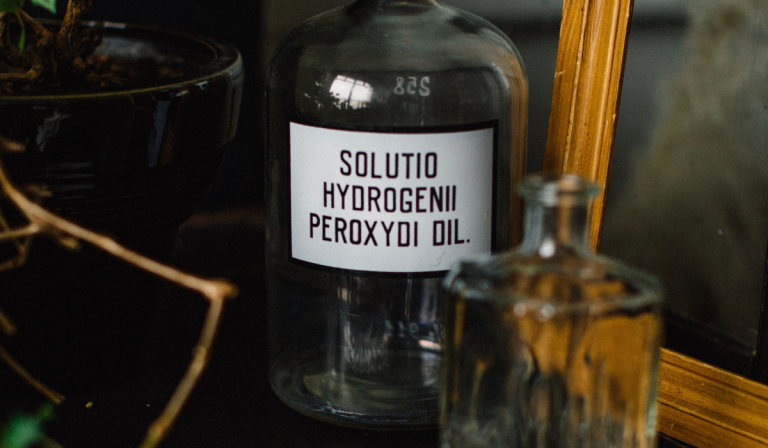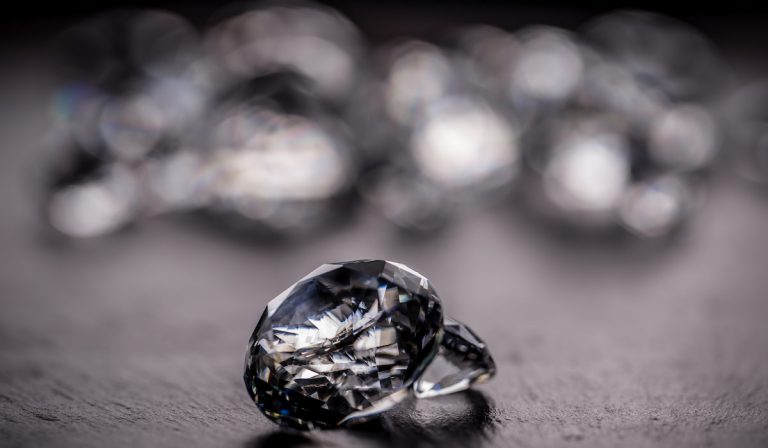Can You Make Jewelry Out of Argon? (Read to Know!)
Oh, you little jewelry enthusiasts, always wanting to go on to the next challenge- what can we make jewelry out of this time? Well, this week’s question is can you make jewelry out of argon?
And the answer is: yes, you can create jewelry out of argon. Sort of.
The issue is the phrasing “make jewelry out of argon” because argon isn’t a solid, and so lacks a physical, material form that can be molded into different objects.
So to prove my yes, I must elaborate: you can’t make jewelry out of argon, but you can make jewelry with argon.
Well, isn’t that mysterious and vague and unhelpful! You can make it with but not out of? That doesn’t make any sense!
I can assure you that it does if you’ll give me a little faith. Essentially, argon can be used as a tool to create the jewelry, but not the material used to create the jewelry. Read on to learn how jewelry can be made with a substance, but not out of that substance.
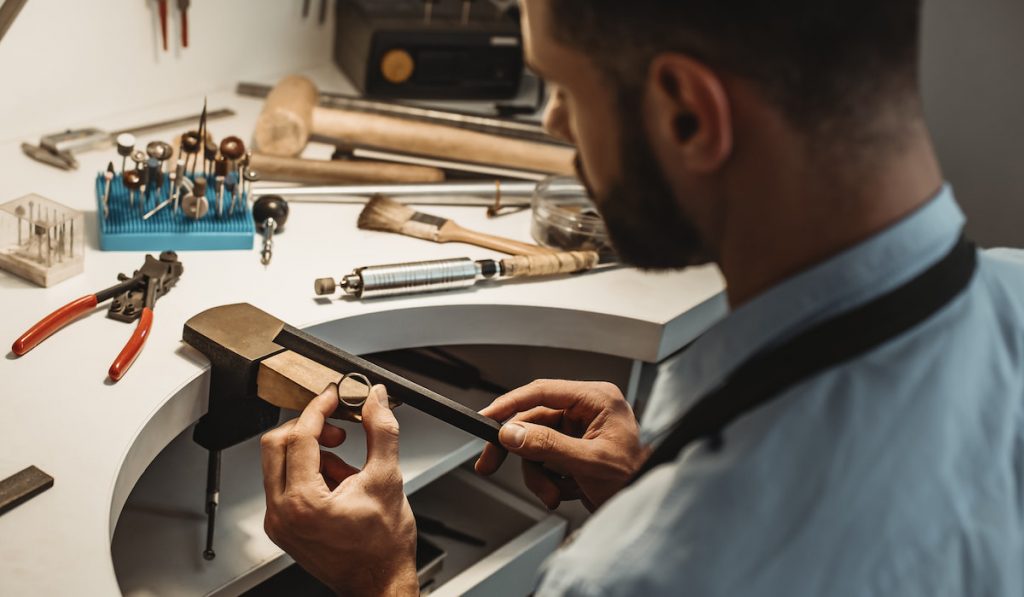
What Is Argon Anyway? Some Sort of Metal? Or Tool?
Argon is a gas. It is located as atomic number eighteen on the Periodic Table, group 18 period 3.
It was discovered in 1894 by Sir William Ramsay and Lord Rayleigh. The name “‘argon” is Greek, and comes from the Greek word “Argos,” which translates to “idle.”
It is not, however, the idle you assume. It is far from lazy: argon is wielded as a welding tool, a gas forcibly pushed through a welding instrument and used to shape metals.
Argon is favored for this task because it is colorless and odorless, and also because it has a stagnant atmosphere that renders the metals it welds unable to oxidize, meaning they can’t form rust.
A perfect solution for metal companies who don’t want their metal known for getting all rusted and unsafe when it’s out in the rain and snow!
The “idle” comes from this fact. The air is inert, meaning it doesn’t move when the gas is billowing, so the gas makes the air idle.
It is used when a still atmosphere is required, like when avoiding rust, but also in more extreme cases like when dealing with radioactive materials.
Argon is used commercially in light bulbs to keep the oxygen inside from destroying the part that produces light, in windows that are double-glazed to fill the inside between the two panes, and in luxury car tires to keep the rubber protected and to eliminate the sound of the tires on the road.
Now that you’ve got that little science lesson out of the way (I know, and you thought you’d never have to do chemistry again after sophomore year of high school!), let’s get on to the question at hand: we know you can use argon for jewelry– but how?
How Can Argon Be Used to Make Jewelry? How Does One Make Jewelry With a Gas?
Argon can be used as the gas pressure in the welding instrument to melt and mold metal into whatever shape you want or to carve in any design you want, without destroying the metal or allowing it to corrode. It’s a genius practice to keep your jewelry lasting for long periods.
With argon, you don’t need to polish your silver to keep it from rusting, and you’ll never have to throw away your ring because you wore it washing your hands and now it’s orange!
Argon can be used for many different things in making jewelry. It is a welding tool and therefore is used to shape metal. So, it can be used to create the chain links in a necklace or bracelet or the band of a ring, or the base of an earring before a gemstone is set in.
Argon can also be used to etch designs in metal. It can be used to create the design of your necklace pendant or the lines and swirls in your rings.
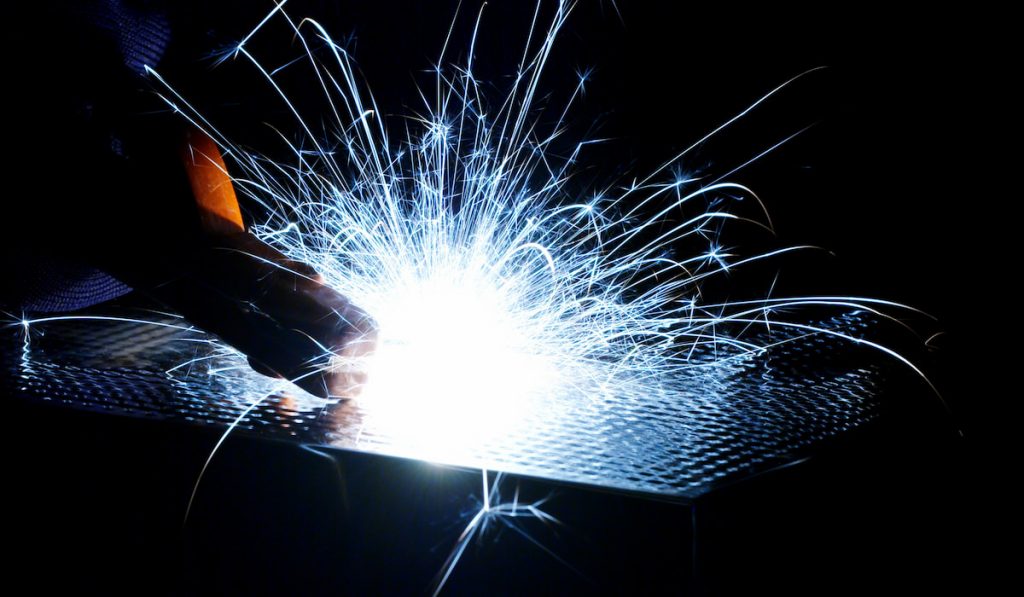
Benefits of Using Argon Gas on Your New Jewelry Project
I know I’ve mentioned this a thousand times, but I find repetition to be the best method of keeping knowledge in your mind and letting it sink real deep in where it lodges firmly and you can’t lose it. Argon, as I’ve said, renders the jewelry invincible to rust. This is great because you don’t have to polish it and you don’t have to worry about getting your jewelry wet (and we all know we’re lazy and don’t like to take our earrings off in the shower!).
Another benefit is how porous argon welding leaves metals.
When a metal is porous, it has more little holes that create a bumpy texture and appearance. This is a style choice that works on some jewelry, but for the most part, people tend to avoid it, opting for a smooth, impenetrable surface.
When using argon, metals such as lower karat golds (around 10k), silver, and white gold especially, have a noticeable improvement in that they are much smoother and less porous. It also leaves a lot less soot, which makes the metal easier to clean (it’s scary to see your metal blackened and worry that the tarnish may not come off!).
With the higher karat golds, argon helps with improving the surface quality of a weld, but not as much impact as on the silver and white golds in terms of porosity and soot.
However, there are no negatives, only diminished positives in some metals’ cases, and you still get anti-rusting agents, so the benefits far outweigh the lack of negatives!
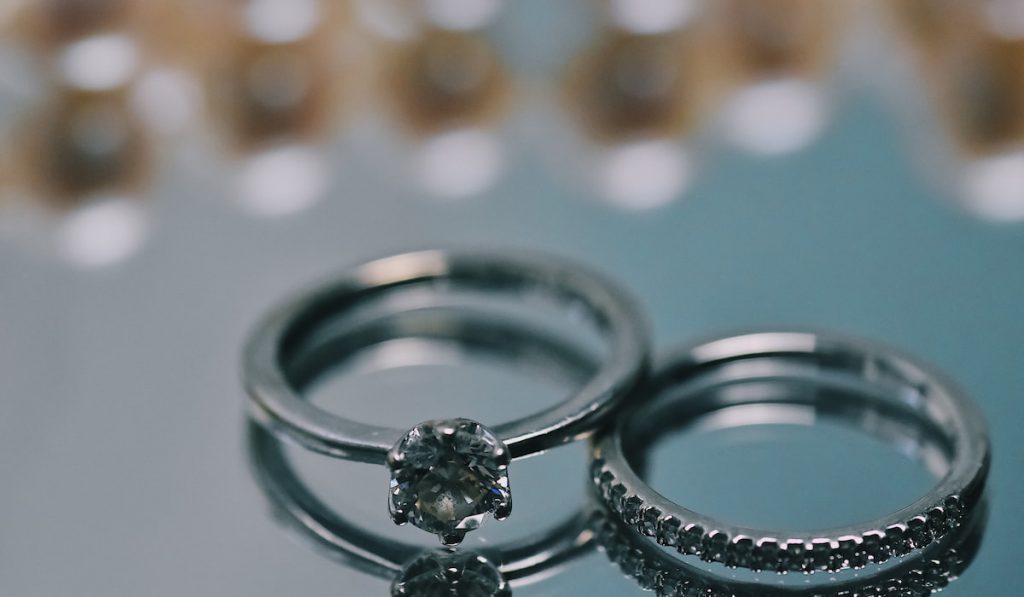
Just Curious: What Kinds of Jewelry Can It Make? How Many of My Future Projects Can I Use It On?
It is great to use for all types of jewelry because you don’t want any of your jewelry rusting! Practically, argon is great for use on rings because your hands come in contact with most things, and it would be good to keep your ring from rusting when it gets wet, when you wash dishes, or pick something out of a puddle.
It is great for everyday earrings as well, which you wear rain or shine, sleeping, and even in the shower. It would break your heart if your bath ritual rusted and ruined your earrings! So, argon is a great solution for that.
Along with earrings and rings, argon can be used for necklace designs, bracelets and anklets too. It’s a welding tool, so it would most likely be used in the construction of the chain or in creating the shape of the design on your bracelet charm.
Essentially, on most if not all metals, argon is a great choice for creating jewelry. However, on materials you do not weld, like wood or plastic, I do not recommend using argon because that would end very badly for your poor materials. Don’t waste your money on wood jewelry you’re just going to set on fire, or plastic beads that are just going to melt! They can’t stand the heat!
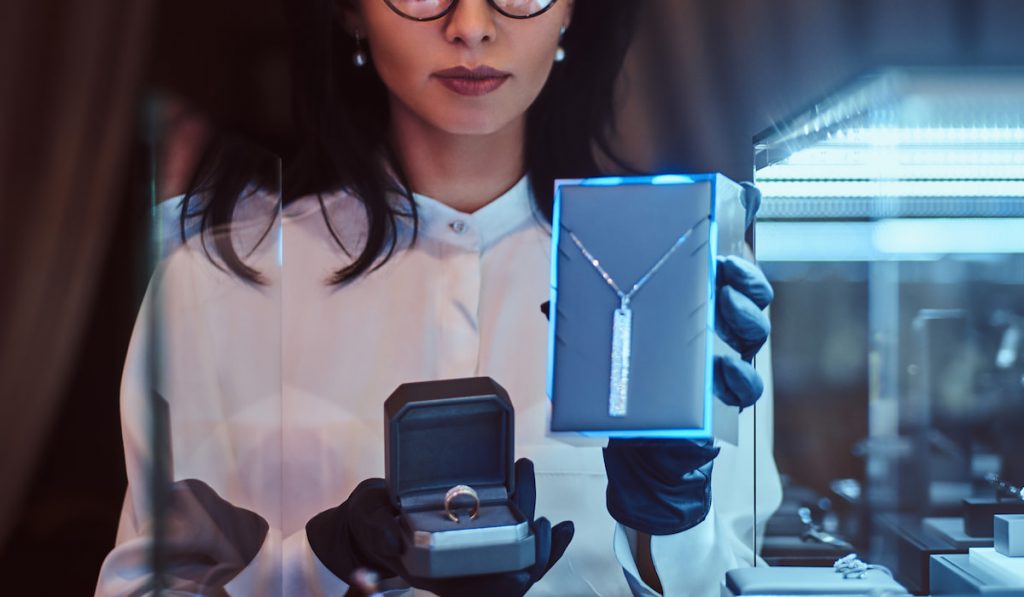
How Rare or Expensive Is Jewelry Welded With Argon?
Argon is the third most found gas in the Earth’s atmosphere, taking up approximately 0.94% of that atmosphere. People can contain argon for commercial use by processing liquid air.
So, not super rare. And sorry, no, using argon to make your jewelry does not shoot the price into outer space. Honestly, argon welding should become standardized for creating metal jewelry because it is so frustrating (and also not so safe) when favorite and therefore worn and old rings turn pink and begin to deteriorate or rust from excessive use.
Argon welding will help alleviate this and improve the quality of your product and your customer satisfaction (so do it!).
If you want customers raving about how long their ring lasted and how good it kept over the years, use argon welding. And, I suppose, long-lasting jewelry could be worth an extra few dollars due to the quality… so they’re not super expensive, but still worth your while to make.
Simple earrings filled with argon can be as cheap as fifteen dollars, and an argon-welded necklace can be as expensive as eight hundred dollars. It doesn’t depend so much on whether it was made with argon or not, it much more depends on the type and quality of the metal you used, and the overall design and quality of the welding. Simply welding with argon won’t do, you have to practice and learn how to weld well for your product to be worth anything to customers.
The Bottom Line
So if argon welding is your new rabbit-hole obsession or a challenge you’d like to undertake, my advice would be to whip out your welding tools and learn how to do it well, then introduce argon to your projects and see how it changes everything!

